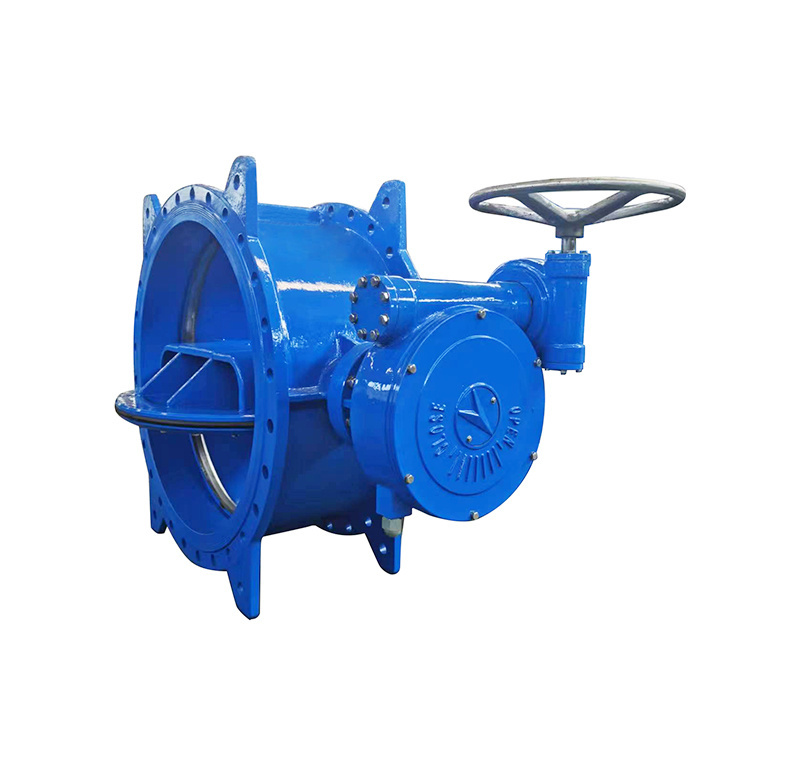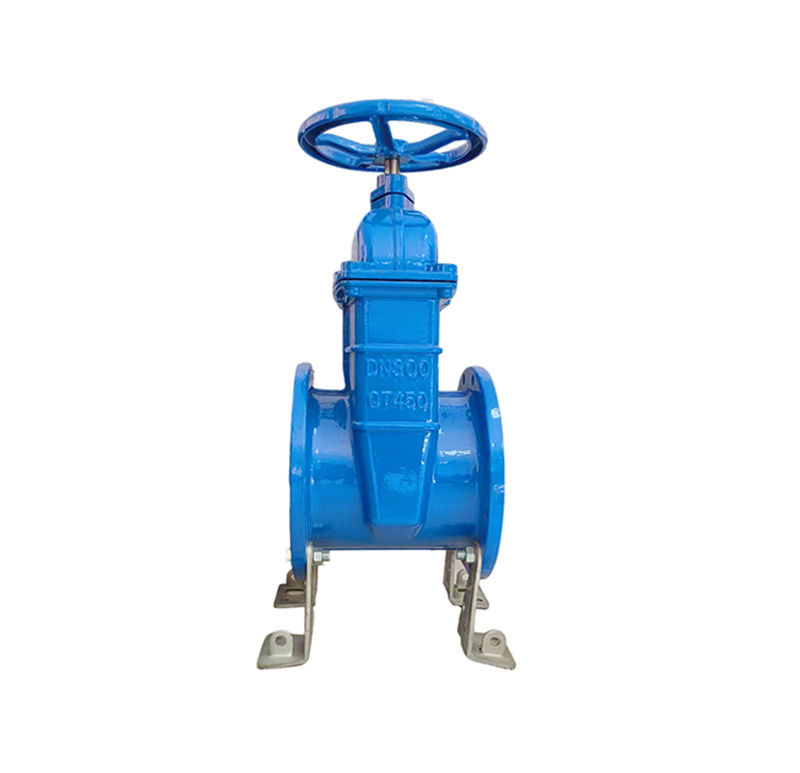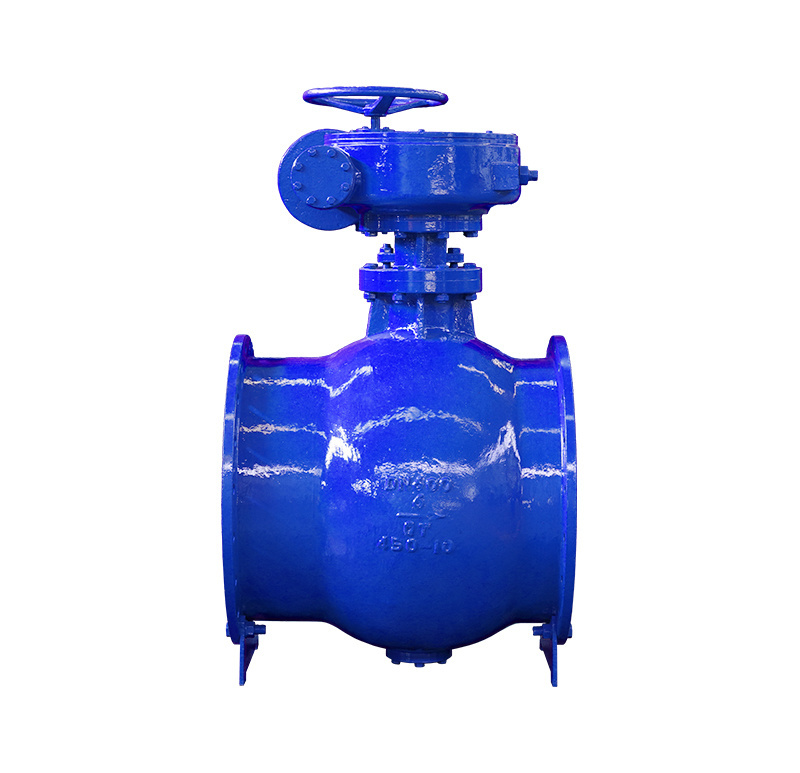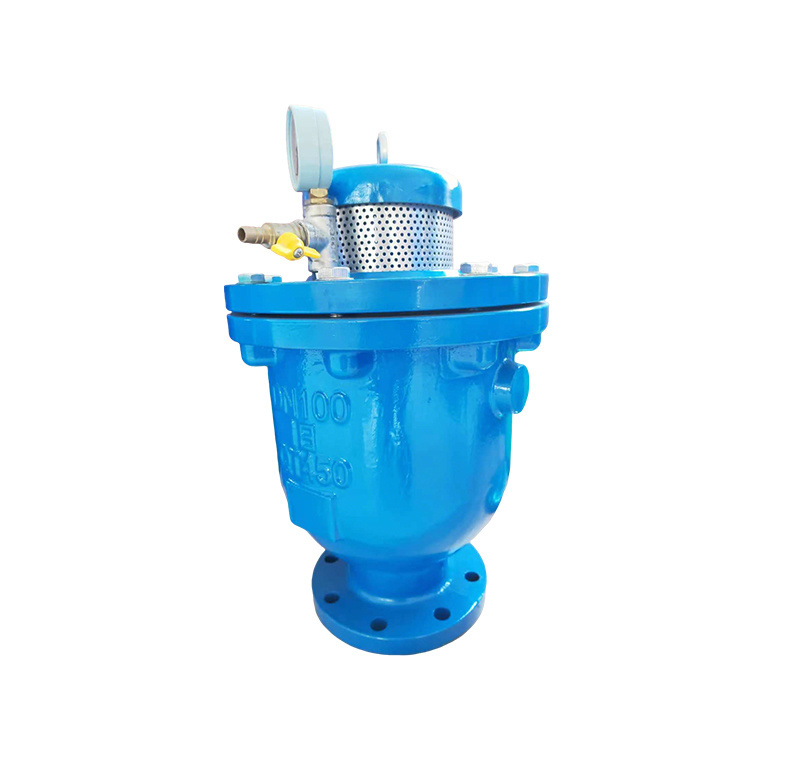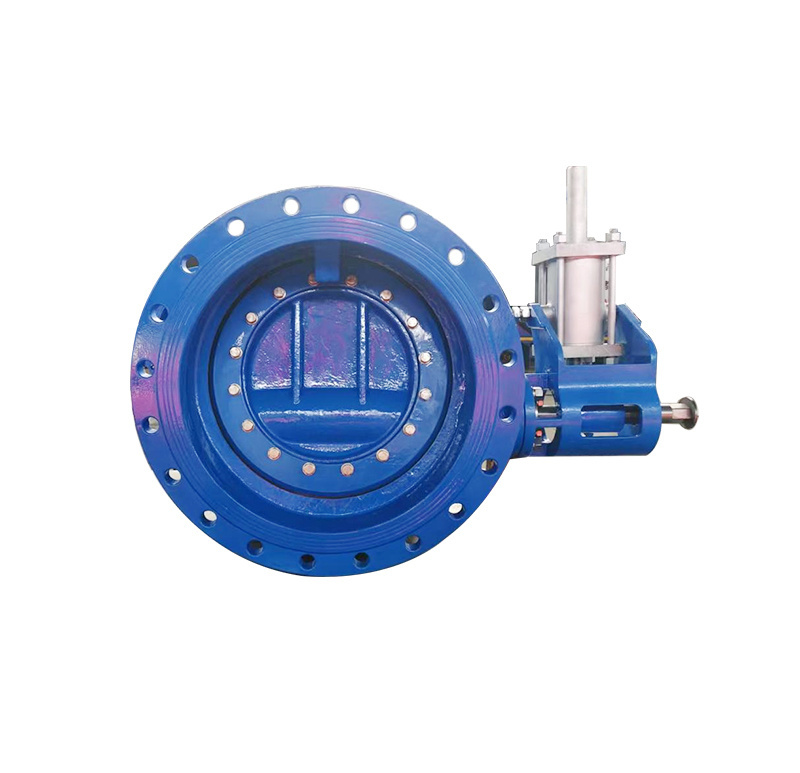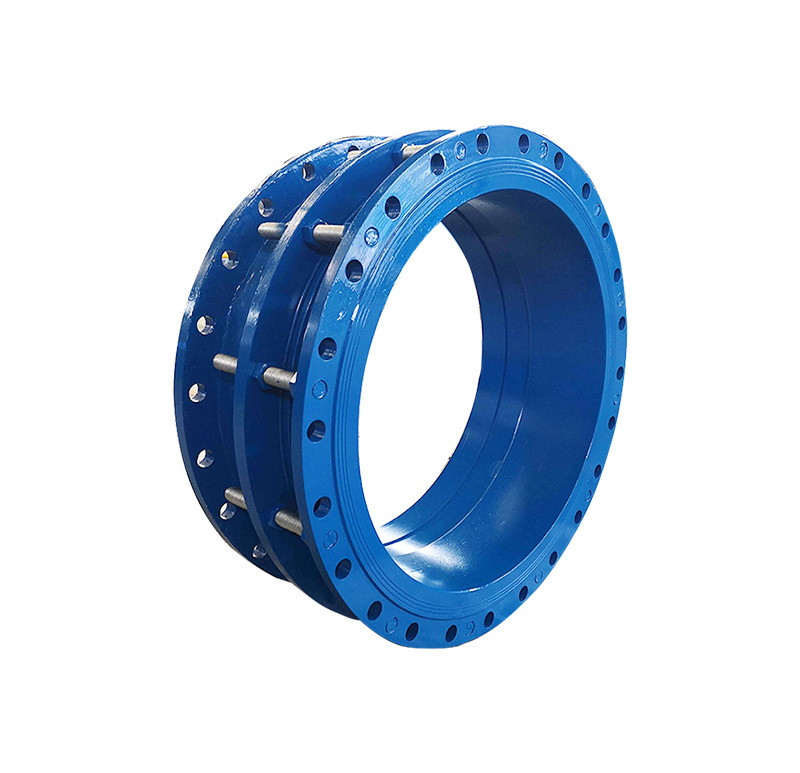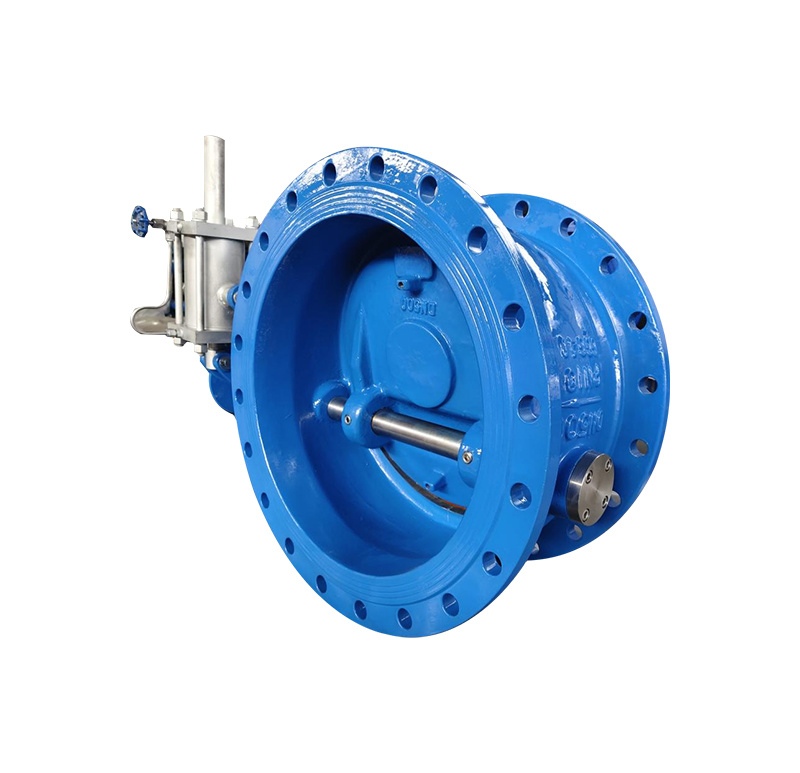Essential DIY Maintenance Tips for Double Eccentric Butterfly Valve Spots
Essential DIY Maintenance Tips for Double Eccentric Butterfly Valve Spots
Maintaining industrial equipment is crucial for ensuring optimal performance and longevity. One significant component in many industrial systems is the double eccentric butterfly valve. These valves are designed for flow control and are commonly used in various applications including water treatment, chemical processing, and
Essential DIY Maintenance Tips for Double Eccentric Butterfly Valve Spots
Maintaining industrial equipment is crucial for ensuring optimal performance and longevity. One significant component in many industrial systems is the double eccentric butterfly valve. These valves are designed for flow control and are commonly used in various applications including water treatment, chemical processing, and HVAC systems. In this article, we will cover essential DIY maintenance tips for double eccentric butterfly valves to help you keep them in top condition.
Understanding Double Eccentric Butterfly Valves
Before diving into maintenance, it's essential to understand what double eccentric butterfly valves are and how they function. These valves feature a unique design that allows for smooth operation and reduced wear and tear. The term "double eccentric" refers to the valve's offset shaft design, which minimizes friction and enhances sealing capabilities.
Key Components of a Double Eccentric Butterfly Valve
To effectively maintain these valves, familiarity with their components is vital. The main parts include:
- **Disc**: The disc is the primary sealing element in the valve that controls flow.
- **Body**: The body houses the disc and is connected to the piping system.
- **Shaft**: This eccentric shaft drives the rotation of the disc.
- **Seat**: A sealing surface that provides a tight shut-off when the valve is closed.
Importance of Regular Maintenance
Performing regular maintenance on your double eccentric butterfly valves can significantly extend their lifespan and improve their performance. Neglecting maintenance can lead to leaks, reduced efficiency, and ultimately costly repairs or replacements.
Common Issues with Double Eccentric Butterfly Valves
Identifying potential issues early can prevent major problems down the line. Some common issues include:
- **Leakage**: A common problem, often caused by wear on the seat or disc.
- **Difficult operation**: This may indicate a misalignment or mechanical failure.
- **Corrosion and buildup**: Accumulation of debris can impede valve function.
DIY Maintenance Checklist for Double Eccentric Butterfly Valves
To ensure your valves are in excellent condition, follow this DIY maintenance checklist:
1. **Visual Inspection**: Regularly inspect the valve for signs of corrosion, wear, or damage. Pay close attention to the disc and seat areas.
2. **Lubrication**: Apply appropriate lubricants to the shaft bearings to minimize friction and enhance operation efficiency.
3. **Cleaning**: Remove any debris or buildup from the valve body and disc. A clean surface ensures a tight seal and proper function.
4. **Check for Leaks**: Use a pressure test to check for leaks, especially after a valve has been serviced or repaired.
5. **Realignment**: If you notice any difficulties in operation, check the alignment of the valve within the piping system.
Step-by-Step DIY Maintenance Guide
Let’s delve deeper into each maintenance step with detailed instructions.
1. Conducting a Visual Inspection
Start by shutting off the flow and depressurizing the system. Inspect the following areas:
- **Body**: Look for cracks, pitting, or any signs of corrosion.
- **Disc**: Check the surfaces for signs of wear or damage.
- **Seat**: Ensure the seat is intact with no visible gaps or wear.
2. Providing Proper Lubrication
Keeping the shaft bearings lubricated is critical for smooth operation. Use a high-quality lubricant recommended by the valve manufacturer. Apply it sparingly to avoid attracting dirt and debris.
3. Cleaning the Butterfly Valve
Use a soft cloth and a degreasing solution to clean the valve components. Avoid abrasive materials that could scratch surfaces. Pay special attention to areas where debris accumulates.
4. Testing for Leaks
Once cleaned and lubricated, reassemble the valve and perform a pressure test. Monitor for any leaks around the seating area. If leaks occur, disassemble the valve to inspect the seat and disc for wear.
5. Re-aligning the Valve
If the valve operates with difficulty, check for misalignment with the piping. Use alignment tools and make necessary adjustments to ensure the valve operates smoothly.
Advanced Maintenance Techniques
While regular maintenance is vital, advanced techniques can further enhance valve performance and longevity.
Repacking the Valve
Over time, the packing material around the valve shaft may wear out. To repack, follow these steps:
1. **Disassemble the Valve**: Carefully remove the valve from the pipeline.
2. **Remove Old Packing**: Extract the old packing from around the shaft.
3. **Install New Packing**: Cut new packing material to size and place it around the shaft. Ensure it fits snugly.
4. **Reassemble the Valve**: Put everything back together and check for leaks.
Replacing the Seat and Disc
If wear is detected on the seat or disc, replacement may be necessary. Here’s how to do it:
1. **Disassemble the Valve**: Remove the valve from the system.
2. **Replace Components**: Remove the old disc and seat, then install the new ones. Ensure proper orientation.
3. **Reassemble and Test**: Reattach the valve and perform a pressure test to check for proper function.
FAQs About Double Eccentric Butterfly Valve Maintenance
1. How often should I perform maintenance on my butterfly valve?
Maintenance frequency depends on usage and environment but generally, a quarterly inspection is advisable for optimal performance.
2. What signs indicate my butterfly valve needs repair?
Common signs include leakage, difficult operation, and unusual noises when operating the valve.
3. Can I perform maintenance on the valve myself?
Yes, with the right tools and knowledge, most maintenance tasks can be performed by individuals familiar with valve systems.
4. What type of lubricant is best for butterfly valves?
Use a lubricant recommended by the valve manufacturer, ensuring it’s suitable for the operating environment.
5. How can I improve the lifespan of my butterfly valve?
Regular maintenance, proper cleaning, and immediate repair of any issues can significantly extend the lifespan of your valve.
Conclusion
Maintaining double eccentric butterfly valves is essential for their efficient operation and longevity. By understanding their components, performing regular inspections, and following a detailed maintenance routine, we can ensure that these vital industrial components function optimally. With the right tools and knowledge, DIY maintenance can be straightforward and rewarding. Implement these tips to keep your valves in top shape and avoid costly repairs down the line. Remember, proactive maintenance not only enhances performance but also safeguards your investment in essential industrial equipment.









